Unveiling Glycerin: The Ultimate Skincare Secret
This post may contain affiliate links. That means that if you click on a link and purchase something I recommend, I will receive a small commission at no extra cost to you. As an Amazon Associate, I earn from qualifying purchases. This helps keep my website up and running and is very appreciated. Thank you for your support! Disclaimer
Good morning, In today’s article, we are going to talk about an ingredient that I am extremely excited about. One of my most favorite skincare ingredients, one that I hold near and dear to my heart, the true underdog of the cosmetic beauty industry, and that most tried and true that has hardly ever been recognized: Glycerin.
If you don’t have time to read this post right now, why not save it for later?
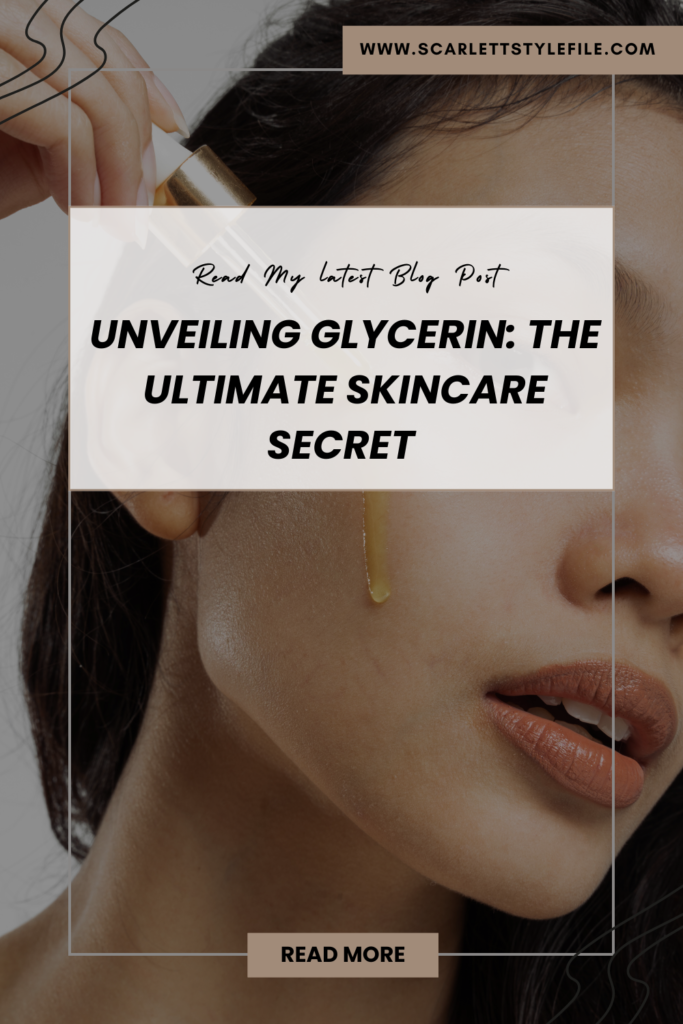
Unveiling Glycerin: The Ultimate Skincare Secret
Glycerin Vs Hyaluronic Acid :
I’m a staunch advocate for Glycerin. Why the hell do I love it? Well, it’s simple: Glycerin deserves our love , unlike hyaluronic acid. Now, don’t get me wrong, I’m not here to bash hyaluronic acid; it certainly has its merits. However, it’s been hyped up way beyond its actual capabilities as a humectant. If you’re scratching your head at my words, take a breather from this piece and check out my earlier article on hyaluronic acid. It’s been hailed as a miracle ingredient with grandiose claims, claims that, frankly, I’ve never found all that impressive.
Related : Hyaluronic Acid : Is It Worth All The Hype?
Do I use it in injectable form? Absolutely. I swear by its injectable prowess, especially for addressing certain signs of aging. But when it comes to topical use, it’s a whole different story, and it doesn’t quite deliver the same results. So, I think we need to take a step back and understand why I’m obsessed with glycerin and what it can do for you, plus the products that it is contained in. So let’s jump in.
the difference between humectant, emollient and occlusive

In the vast landscape of skincare products, moisturizers can generally be classified into three main types. Simplifying things brings a certain elegance, and that’s precisely how I prefer to approach this topic.
Firstly, we have humectants, which are akin to water enthusiasts. They eagerly draw in moisture, acting like thirsty horses at a trough. and that is what glycerin is, as is hyaluronic acid, but the two are not created equal.
Next up are emollients, which contain oils to smoothen out the skin’s rough patches, leaving it feeling velvety soft.
And finally, occlusive serve as the sealants. These substances, often waxy and dense, form a protective barrier on the skin’s surface. By preventing water from escaping, they effectively curb trans-epidermal water loss, maintaining hydration levels.
what exactly is glycerin?

Glycerin, as I mentioned earlier, is quite the team player. It’s a bit of a water enthusiast, but in the best possible way. Think of it as the reliable Pisces of your skincare routine – always there to do its job without fuss. Technically speaking, it’s a clear, odorless, thick liquid that loves to attract and retain moisture, a characteristic known as being hygroscopic. This ability to draw in moisture is crucial, especially considering where it pulls that moisture from.
But glycerin isn’t just a one-trick pony. It boasts antimicrobial and antiviral properties, to the extent that even the FDA approves its use in products for treating wounds and burns – perfect timing for those unfortunate mishaps during wedding season sporting forehead burns from their curling irons.
When it comes to scar treatment, I swear by Cicatricure from Walgreens, a glycerin-based cream that works wonders in speeding up the healing process.
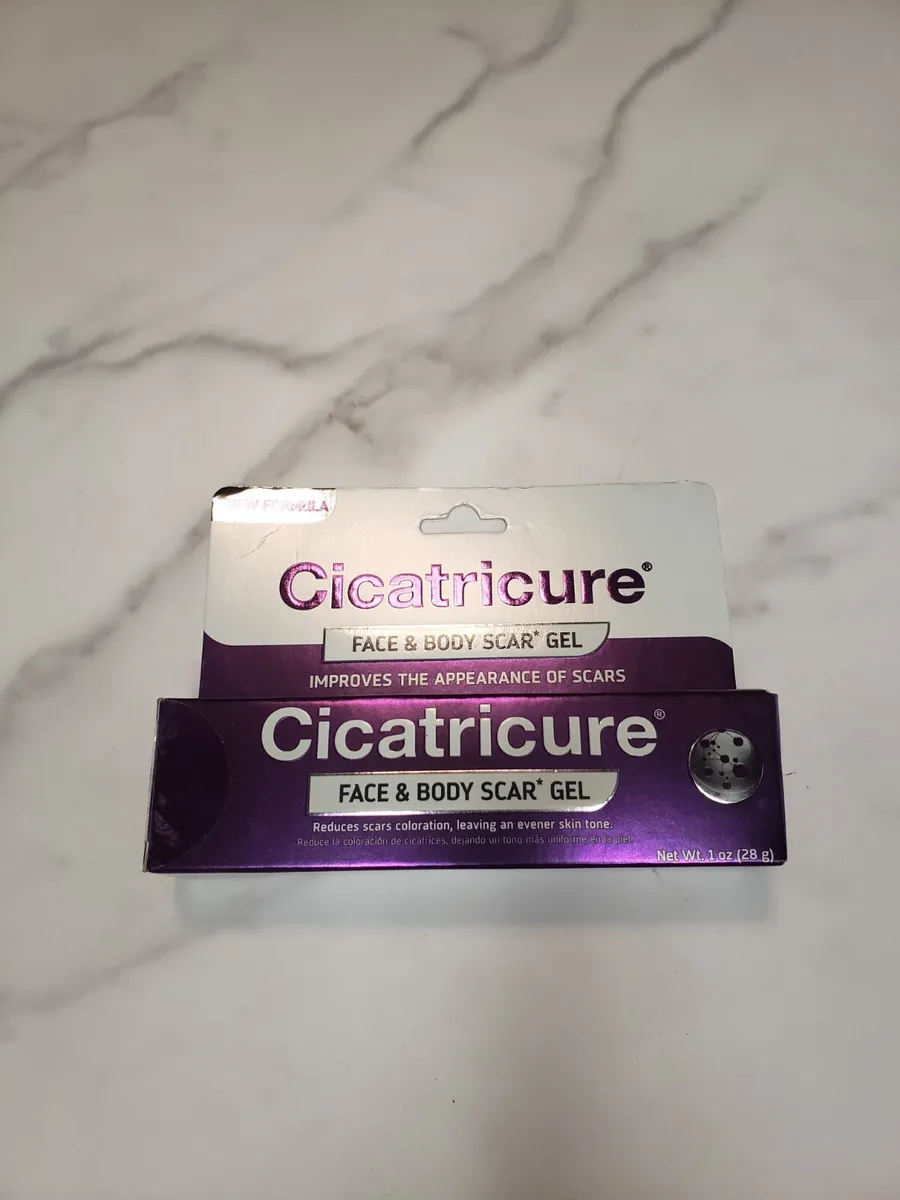
Now, onto a magical exception to the glycerin rule: Biafine. Despite containing glycerin, it’s a personal favorite of mine for treating burns, particularly those of the sunburn variety. For more serious burns, pairing it with an antimicrobial ointment like Neuporin (not to be confused with Neosporin) is the way to go.

Beyond its moisturizing prowess, glycerin enhances the effectiveness of other ingredients, which is why it’s often found alongside them. According to a 2016 study, it’s considered one of the best, if not the most effective, humectants available in the market .
Related : Moisturizers: The Slippery Road
it’s typically used in concentrations of five percent or less, even smaller amounts can be effective. However, you won’t stumble upon standalone glycerin serums like you would with hyaluronic acid. Hyaluronic acid has been so heavily marketed that it’s become a skincare staple, overshadowing the versatile glycerin, which quietly supports the efficacy of countless skincare formulations.
why glycerin is way better than hyaluronic acid?
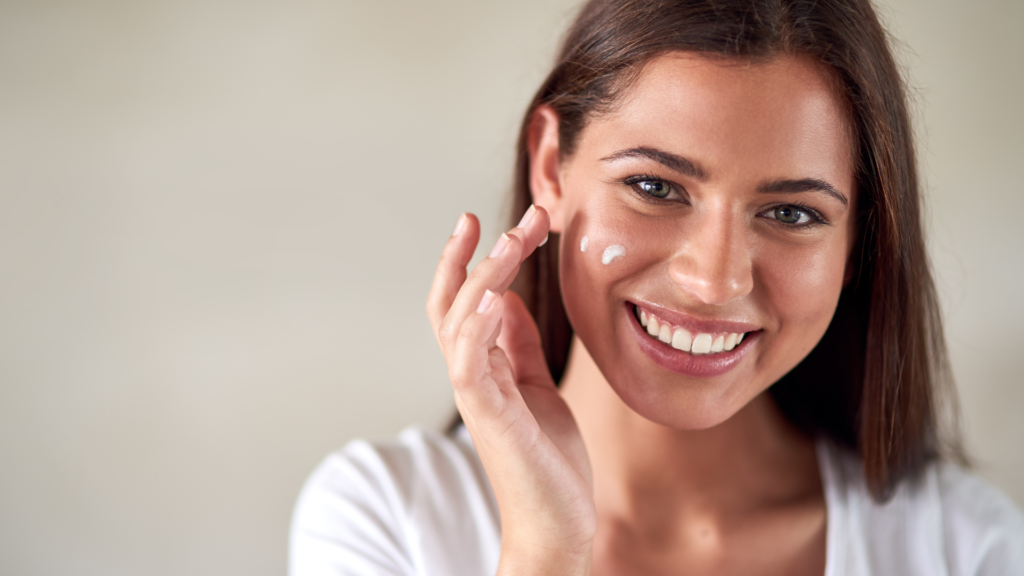
I firmly believe that glycerin outshines hyaluronic acid, and the reason lies in what’s known as the 500 Dalton rule. For those familiar with skincare intricacies, this might ring a bell, but for the newcomers, let’s delve into it.
The 500 Dalton rule is a guideline, not an absolute truth. Science, as always, thrives on exceptions. Nevertheless, it provides a useful framework. Essentially, any substance with a molecular weight under 500 Daltons can permeate the skin barrier more effectively.
Glycerin, with a molecular weight of around 92 Daltons, epitomizes this rule. Even the lowest molecular weight hyaluronic acid hovers well above this threshold, around 10,000 to 50,000 Daltons, too large to penetrate deeply. While hyaluronic acid excels at attracting and retaining water, it remains confined to the skin’s surface layers, drawing moisture from nearby sources and potentially leading to dehydration.
On the other hand, glycerin, being substantially lighter, infiltrates deeper, tapping into the skin’s vascular network for hydration without dehydrating the body. Its slender molecular structure allows it to navigate into the dermis, replenishing moisture reserves and imparting a plumping effect.
My affection for glycerin extends beyond its hydration prowess; it also lacks the inflammatory tendencies associated with low molecular weight hyaluronic acid. Backing my preference are findings from the European Journal of Pharmaceutical Sciences (Volume 50, Issue 50, December 18, 2013), highlighting glycerin’s remarkable ability to prevent water loss and maintain skin hydration, even in environments with low water activity.
Related : European Journal of Pharmaceutical Sciences
So, for me, glycerin holds a special place, not only in skincare but also in my heart.
best Glycerin-based products

Best glycerin-based cleansers:
My top pick happens to be Vani Cream. This is a glycerin-based cleanser it has a really cheap nozzle because it’s super cheap, However, glycerin-based products can occasionally exhibit a tacky or sticky texture, presenting a challenge in formulation. Hence, achieving the right balance is paramount to ensure it doesn’t feel overly tacky or sticky. Despite this, Vani Cream remains a beloved cleanser of mine, despite its glycerin foundation.

Recently, at a gala event, I had the pleasure of meeting a colleague of my fiancé named Jordan Pestiti, the owner of Jordan Samuel’s Skin. We discussed my aversion to hyaluronic acid, and he recommended his Gel Cleanser, which I’ve been using for the past few weeks. It’s impressively lightweight, easy to use, and applies smoothly.

Another noteworthy glycerin-based option is Glytone’s mild cream cleanser, albeit it’s slightly pricier.
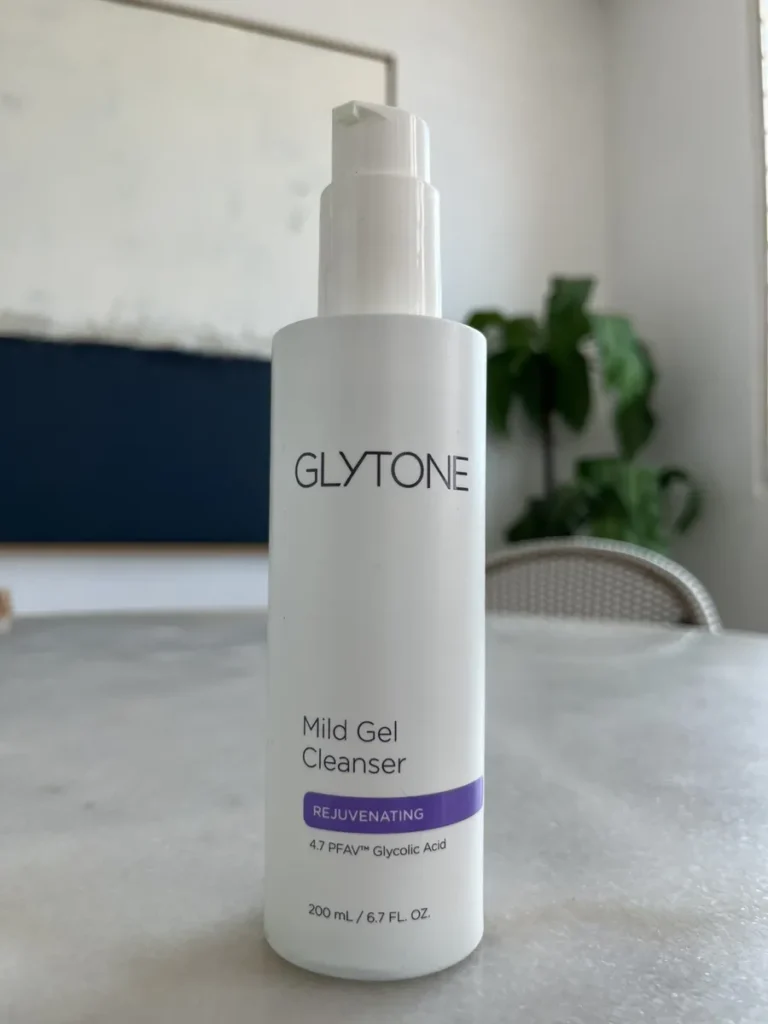
These three cleansers serve as excellent starting points. Vani Cream stands out as the most accessible and cost-effective, readily available at your local drugstore for around eight bucks—no exaggeration.
Best glycerin-based hydrating serums
Let’s delve into some hydrating serums. One that has caught my eye and I’ve been particularly fond of is the Avéne Hydrance Intense , which is glycerin-based. I mentioned it briefly on last week article ; it’s a delightful lightweight hydrating serum. However, it does come with a caveat—it carries a fragrance reminiscent of rose water. So, if you’re sensitive to floral scents, it’s something to approach with a bit of caution.
Related : Get Your Glow On: 10 best Summer Moisturizers and Sun Protection Tips
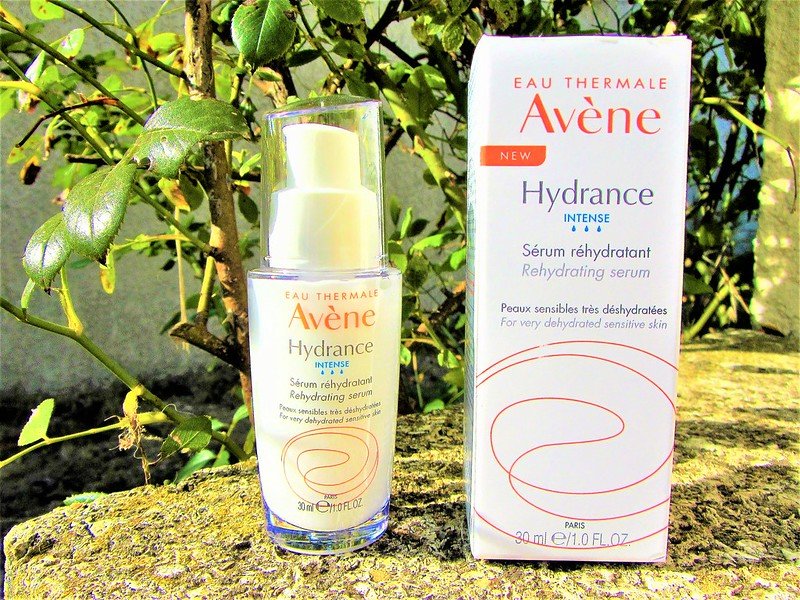
Another gem in my skincare arsenal is the Gel Oat Serum. It’s simply perfection in my opinion. Yet, let’s address the elephant in the room—the tackiness. As you can see, it effortlessly glides on, providing ample playtime for application. This versatility is what truly sets it apart.
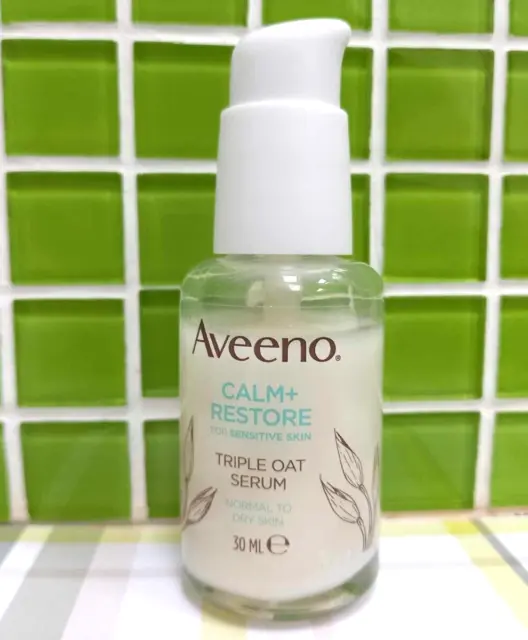
These are just two examples of hydrating serums: the Avène and the Aveeno come to mind, both gentle and devoid of additional actives.
Now, if you’re on the hunt for active ingredients that are glycerin-based sans sodium hyaluronate, I’ve got few options. When it comes to hyaluronic acid, integrating it into a single step of your routine suffices. Layering it excessively could lead to dehydration.
First up, a drugstore option: No7 offers a glycolic acid product at a 15% concentration. It’s quite spreadable, thanks to its high glycerin content, though it might feel a tad sticky, especially for oily skin. However if you have dry skin, I think you’ll find that it spreads well and penetrates deeply. it’s best reserved for nighttime use.
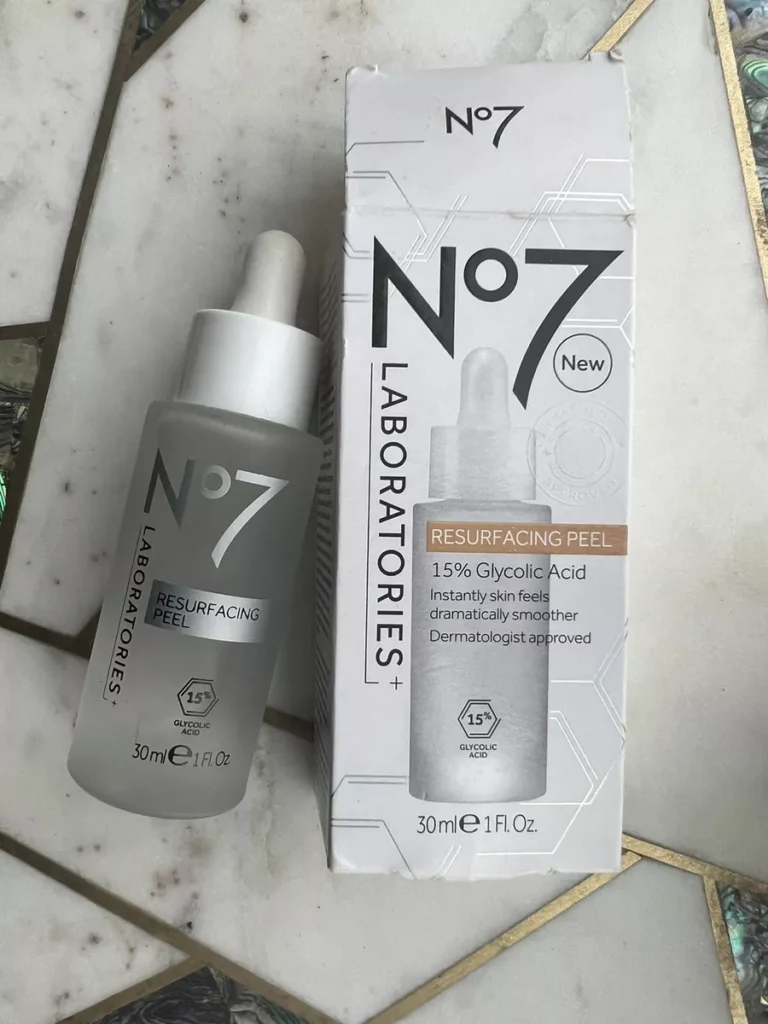
A few weeks back, we discussed Skinceuticals’ niacinamide, and one in particular that caught my attention is the SkinCeuticals Metacell Renewal B3. It’s pricey and notably lacks sodium hyaluronate or hyaluronic acid, being glycerin-based.
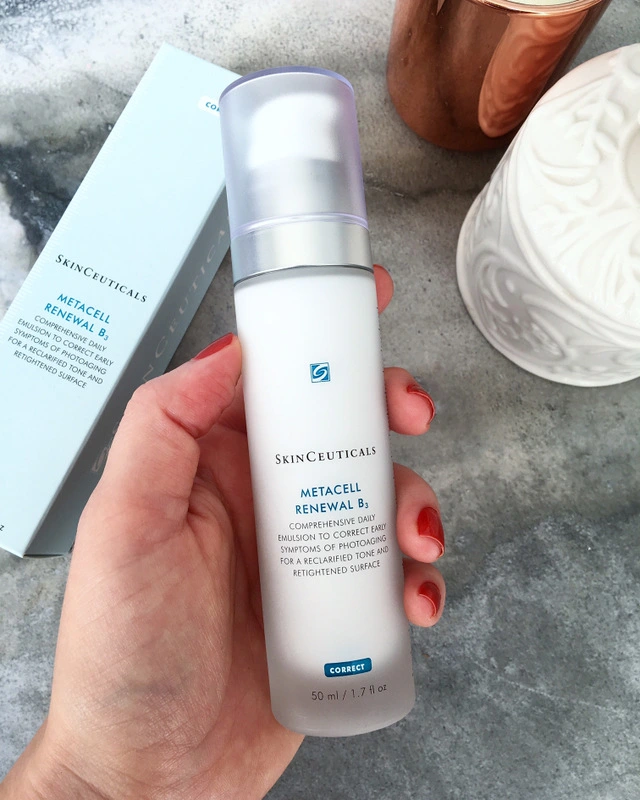
And then there’s Roc. I stumbled upon this gem today while browsing the drugstore for glycerin-based active serums sans hyaluronic acid. It boasts a vitamin C (ascorbic acid) serum. It’s pleasant, except for the citrusy scent, which isn’t quite my cup of tea. However, if you can overlook that, it seems to be a decent vitamin C serum, at least from my initial impressions.
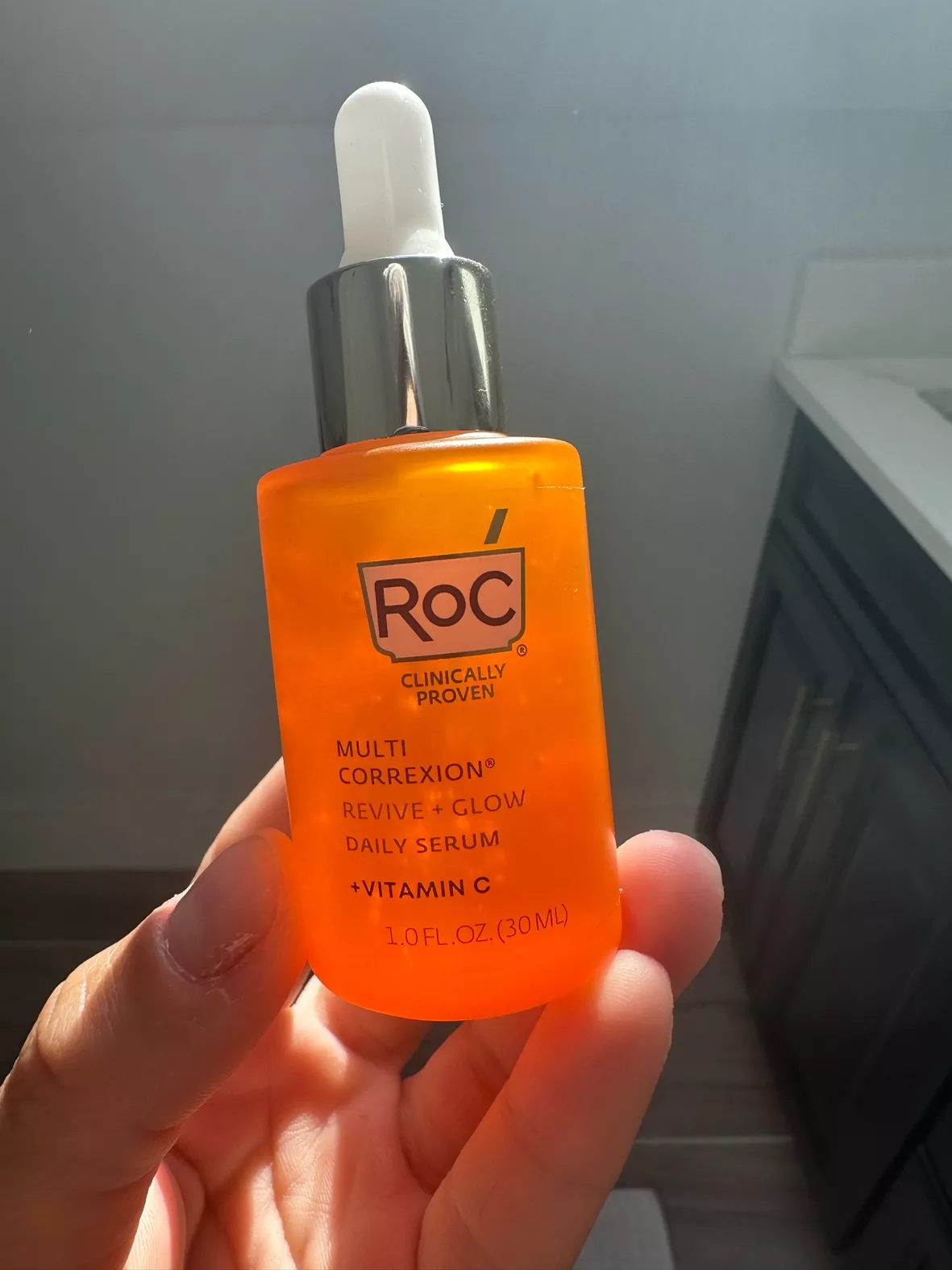
So, these are all the active options that are glycerin-based without any hyaluronic acid in the mix.
Best glycerin-based sunscreens & moisturizers:
Shifting gears to moisturizers, let’s spotlight the Aveeno Eczema Restore. It’s a reliable go-to.
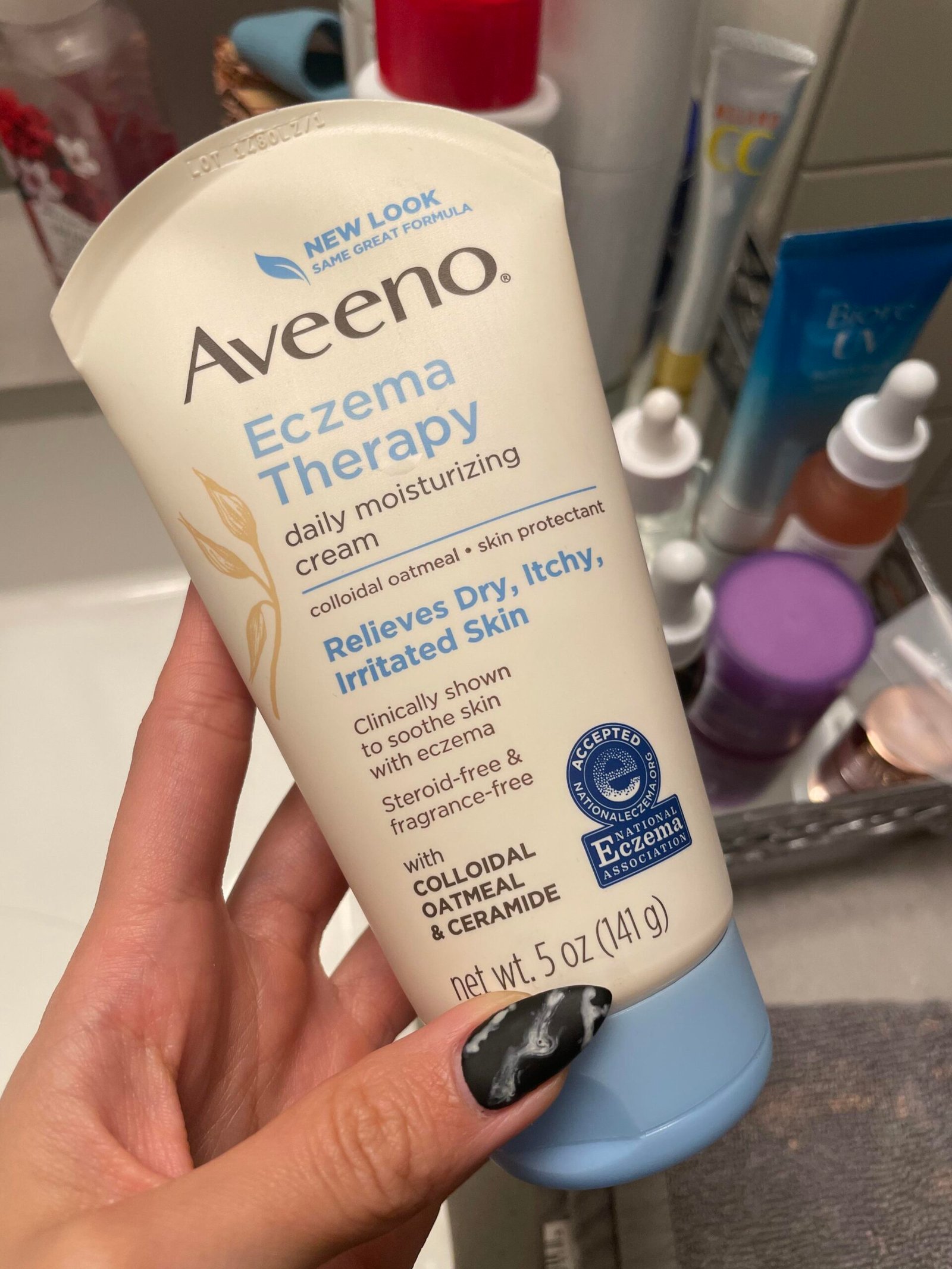
Also in my lineup is the Cicaplast Baume B5, which I lean on during winter; it’s glycerin-based and doesn’t contain hyaluronic acid.

Recently, I’ve been drawn to La Roche-Posay’s Toleriane Double Repair Face Moisturizer with SPF 30, which I’m finding quite impressive. This gem is glycerin-based and boasts a chemical sunscreen formula that doesn’t leave behind a white residue, all while delivering superb hydration. It applies smoothly and has an elegant formulation. As for scent, I believe it’s fragrance-free, but I’ll need to verify that. Nonetheless, it’s a top pick in my book. These are the moisturizers I recommend, all with a glycerin base.

These are the moisturizers I recommend, all with a glycerin base.
Best glycerin-based products for Hand & Body :
And now, onto body care. Let’s start with hand creams. Neutrogena’s Norwegian Hand Cream is a lifesaver for super dry hands with its thick consistency. While it’s great for intense hydration, it might be too heavy for all-over body use.

Another favorite of mine is O’Keeffe’s Working Hands, a true miracle worker for soothing cracked skin. I even trust it enough to use on my baby niece. Then there’s Aveeno Eczema Therapy, similar in effectiveness with its oat-based formula, sans hyaluronic acid.


Moving on to body creams, AmLactin stands out with its glycerin-based formula. Ideal for issues like ingrown hairs or keratosis pilaris, it helps to exfoliate the skin, especially on areas prone to discoloration. However, be cautious when exposing treated skin to sunlight, as lactic acid can heighten sunburn risk. If you have sensitive skin, take extra care.
Related : How To Treat Keratosis Pilaris Aka Chicken Skin
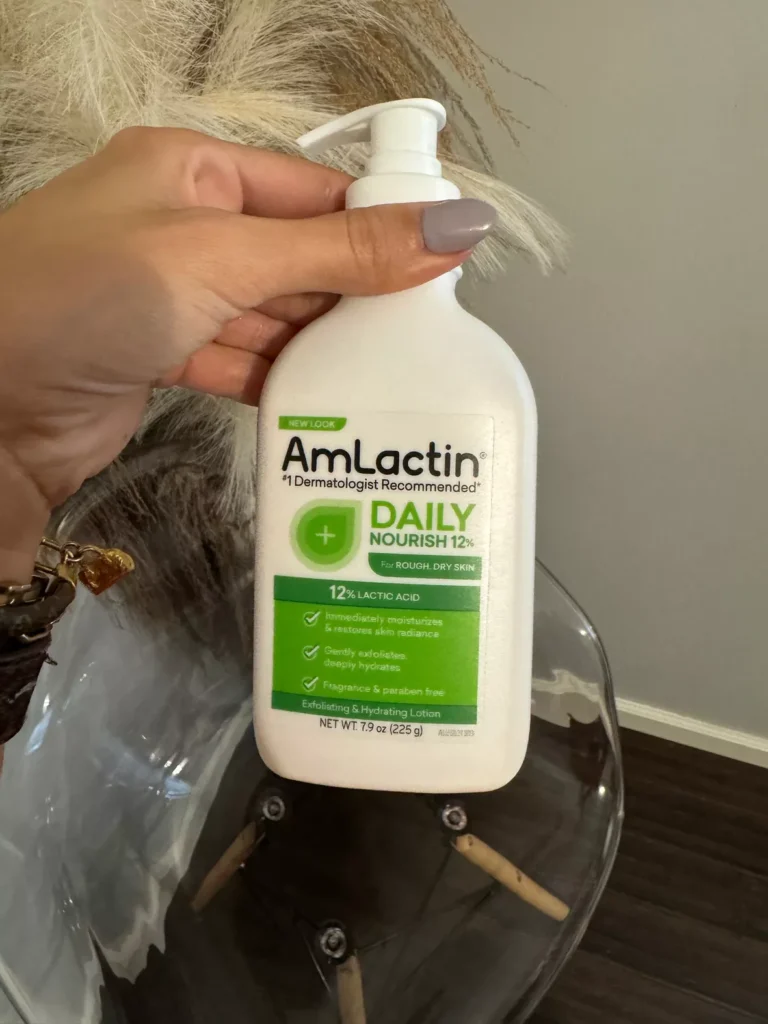
The Bottom Line
I hope you found this article helpful , beneficial and educational all-in-one, as well as slightly entertaining (Well maybe not ! but I tried)
Feel free to leave any questions or feedback in the comments. I truly value my readers’ input.


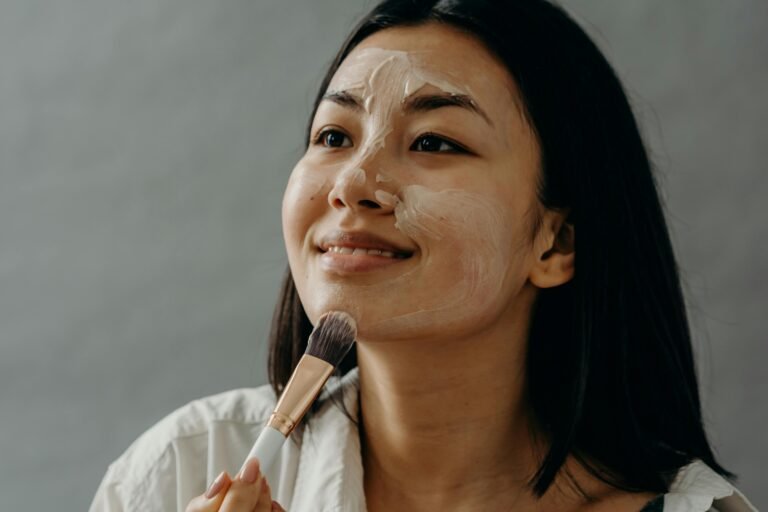


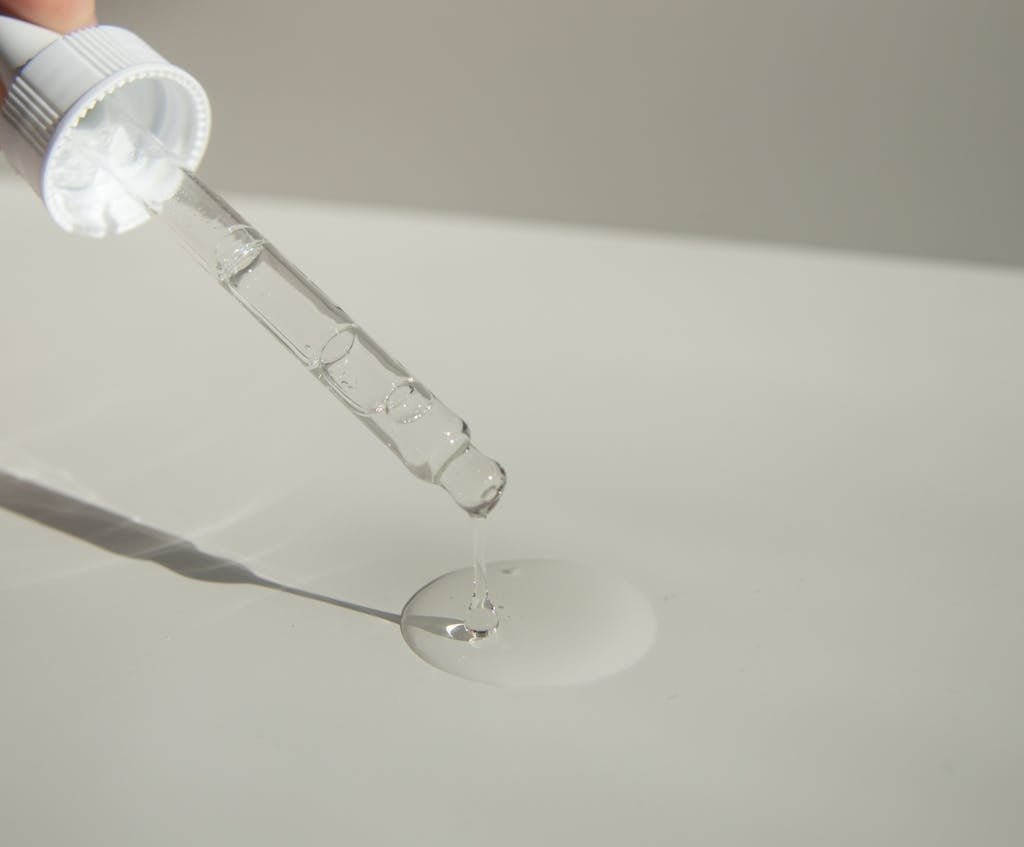


3 Comments